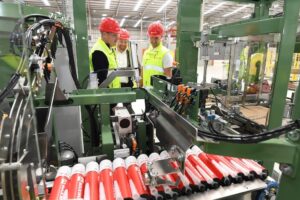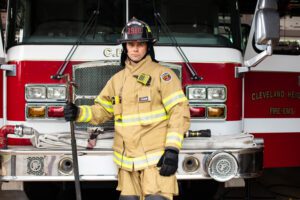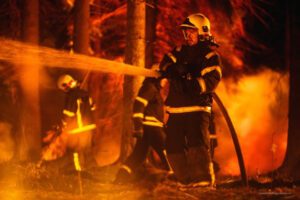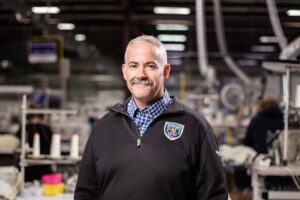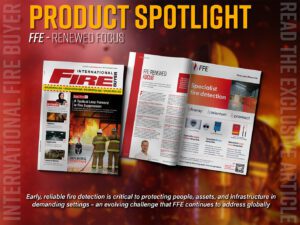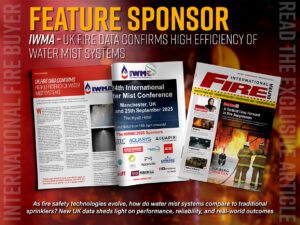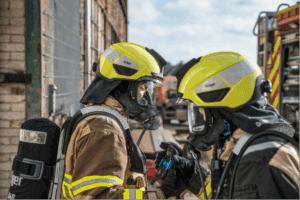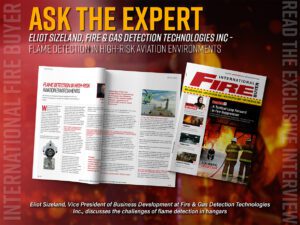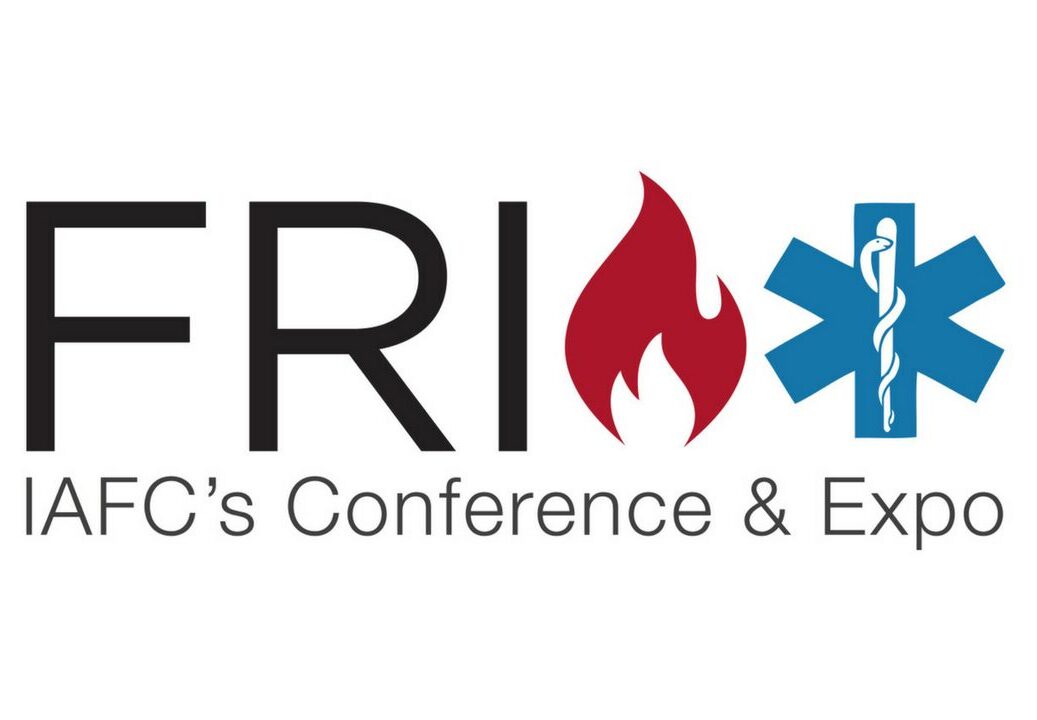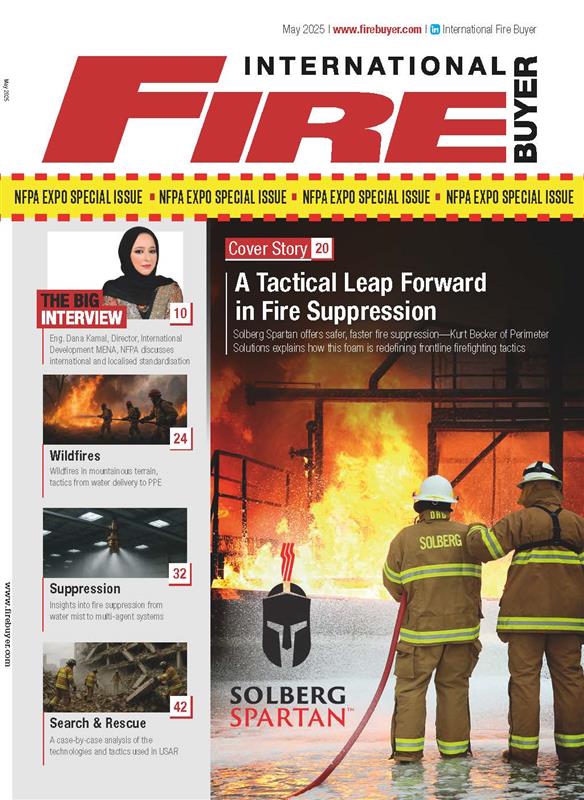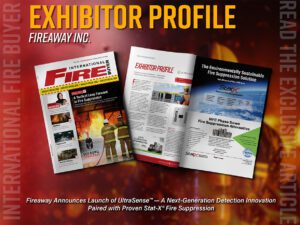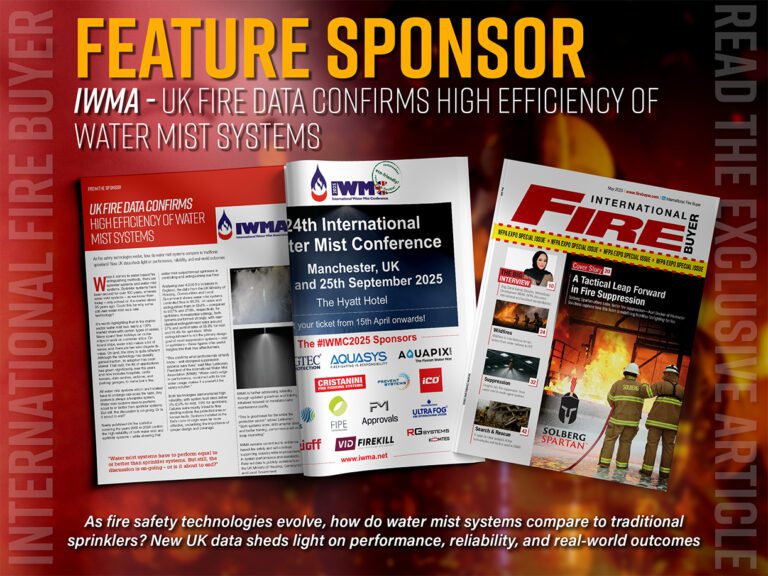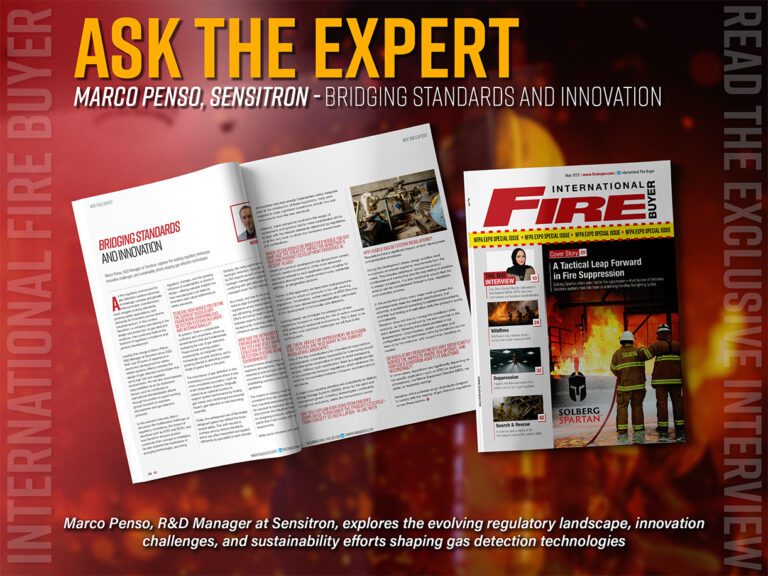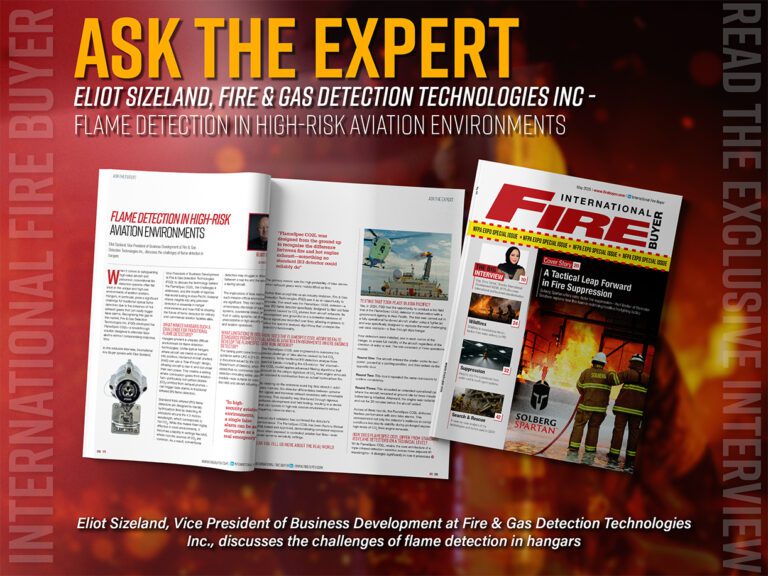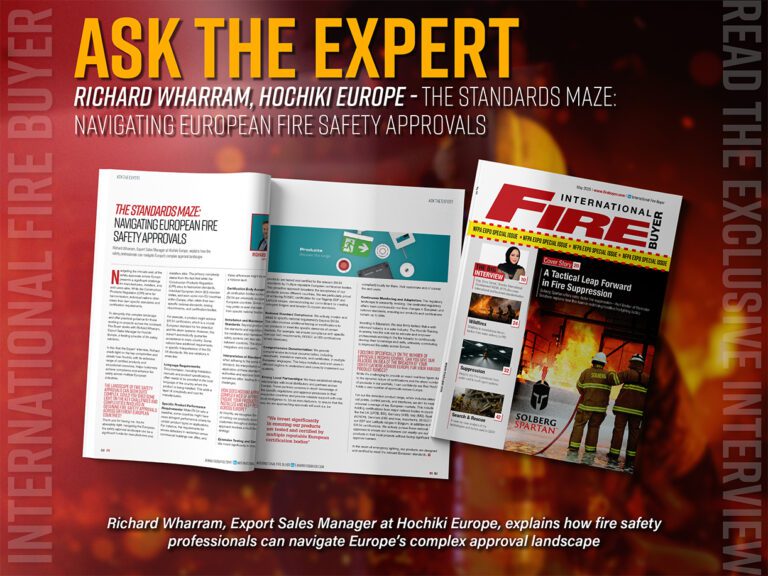Sponsored by FirstLook, Rebecca Spayne, Managing Editor of Fire Buyer looks at how advanced, interconnected tools like 360-degree cameras, thermal imagers, and lighting aids enhance efficiency in urban search and rescue operations
In the ever-evolving landscape of urban search and rescue (USAR), the integration of advanced technology into handheld tools has significantly enhanced the efficiency and safety of operations. Urban environments present unique challenges, with dense infrastructure and complex layouts that can complicate rescue efforts. As cities grow denser and disaster scenarios become more multifaceted, the demand for robust, reliable, and sophisticated equipment continues to rise. Urban areas are prone to various disasters, including natural events like earthquakes and hurricanes, as well as human-made incidents such as terrorist attacks and industrial accidents. These scenarios necessitate quick, precise and coordinated responses, which can only be achieved with the right tools.
The shift towards high-tech solutions is not merely a trend but a necessity for modern USAR teams. Advanced handheld tools, such as 360-degree cameras, thermal imagers, and high-intensity flashlights, provide rescuers with critical capabilities that traditional equipment simply cannot match. For example, the ability to capture a complete spherical view with 360-degree cameras allows for thorough assessments of damaged structures without putting rescuers in harm’s way. Thermal imaging cameras offer the advantage of seeing through smoke and debris, detecting heat signatures that indicate the presence of survivors.
This technological progression is driven by the need for greater operational efficiency and enhanced safety measures. In the past, rescuers relied heavily on physical labor and basic tools, which often led to longer response times and increased risks. Modern technology, however, enables faster, more accurate, and safer interventions. As the frequency and severity of urban disasters escalate, the integration of advanced technology into USAR operations becomes indispensable, ensuring that rescue teams are equipped to handle the complexities of contemporary urban emergencies effectively.
Advanced Imaging Technology
One of the most transformative developments in USAR equipment is the use of advanced imaging technology. Devices such as the FL360 360-degree camera have revolutionised the way rescue teams assess and navigate disaster sites. By providing a comprehensive view of the surroundings, these cameras enable rescuers to identify hazards and locate victims more quickly and accurately. The ability to capture a full spherical view reduces blind spots and ensures that no area is overlooked, which is crucial in the chaotic environment of a disaster site.
Imagine a scenario where a massive earthquake strikes a densely populated urban area, causing several buildings to collapse and trapping hundreds of people under the rubble. The immediate aftermath is a scene of confusion, with debris scattered everywhere and visibility severely limited by dust and smoke. Traditional search and rescue methods would involve manually sifting through debris and relying on auditory clues from trapped victims, a process that can be time-consuming and often inefficient.
In this hypothetical case, rescue teams deploy the FL360 360-degree camera to survey the disaster site quickly. The camera’s comprehensive view helps them map out the extent of the damage and identify potential entry points for rescue operations. By transmitting real-time visual data to command centers, these cameras allow for coordinated efforts and strategic decision-making, ensuring that resources are allocated effectively.
Thermal imaging cameras, such as those offered by MSA Safety, are deployed alongside the 360-degree cameras. These thermal cameras detect heat signatures, making it possible to locate survivors who are otherwise hidden from view by debris or smoke. For instance, a survivor trapped under a collapsed building might not be visible to the naked eye, but the thermal camera can detect their body heat through the rubble.
As the rescue team navigates the site, the thermal imaging camera picks up a faint heat signature beneath a pile of concrete. The rescuers focus their efforts on this area, carefully removing debris and uncovering a person who has been trapped for hours. Without the thermal imaging technology, this survivor might have gone unnoticed, especially in the early chaotic hours following the disaster.
In another part of the disaster zone, a night-time operation is underway. Visibility is low, and the risk of secondary collapses makes the situation even more perilous. The thermal imaging camera proves invaluable once again, allowing rescuers to see through the darkness and smoke. They detect multiple heat signatures in a partially collapsed building, guiding their efforts and enabling them to rescue several individuals who were trapped in a void space.
These examples illustrate how advanced imaging technology can significantly enhance the efficiency and effectiveness of USAR operations. By providing detailed visual and thermal data, these tools help rescuers quickly locate and assist survivors, even in the most challenging conditions. The integration of such technology into USAR protocols not only improves response times but also increases the likelihood of saving lives, highlighting the critical role of innovation in modern search and rescue efforts….
Read the full article in our last issue here.
Never miss a story… Follow us on:
International Fire Buyer
@Firebuyer
Fire Buyer
Media Contact
Rebecca Spayne Managing Editor, International Fire Buyer
Tel: +44 (0) 1622 823 920
Email: [email protected]

